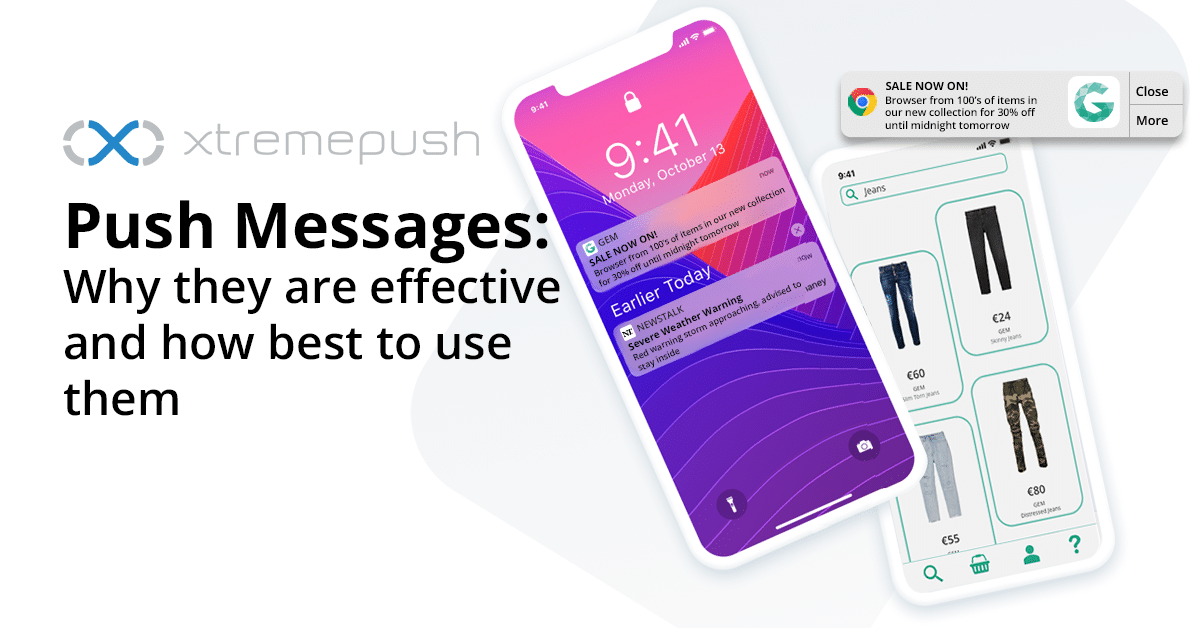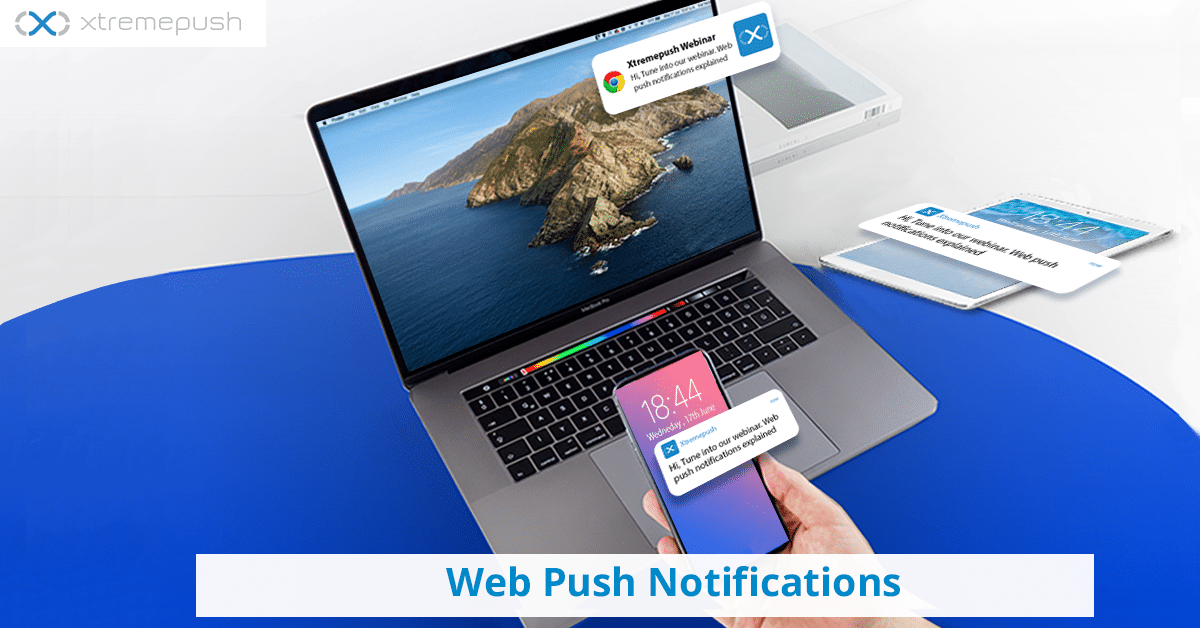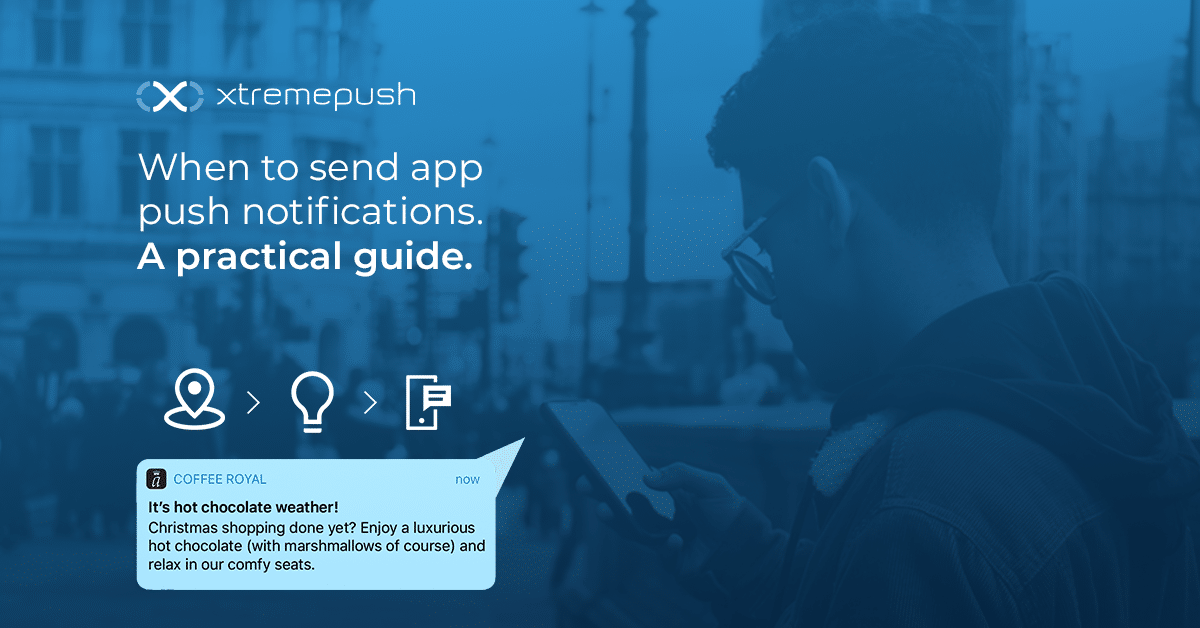A push notification is the most direct way app owners, brand, marketing or mobile managers can send information and engage with their app user. Apple enabled push notifications with iOS 3 in 2009. Simply put an app owner sends a message to APNS which then forwards the notifications from their servers to the app. With iOS 5 the notification centre enhanced the user experience of notifications so they could be viewed on the lock screen or from the swipe down menu. Push notifications are not restricted to Apple devices though. Android devices now come standard with the ability to receive notifications from GCMS and Windows phones now allow for this too, with a reported notification centre coming soon.
When a user downloads or updates an iOS app which has integrated with a push notification provider like XtremePush the user is prompted to accept notifications. At this point the user can choose to opt-in or out of notifications. In Android it is a little different as users automatically opt-in to push messaging but can later remove this in the settings for the app.

The user is prompted to opt-in to push notifications
To put it into context if you have a sports app with notifications enabled, that app can send you the latest team announcement. A jobs app can send you relevant personal information such as a reply to a job offer. The app does not need to be open. When the notification is opened you are by default brought into the home screen of the app but, if you wish, a deep link, URL or bespoke HTML page can be anchored to the notification so that the user is brought directly to the relevant page with the relevant information.

An example of potential notifications encouraging the user to come back into the app delivering a personalized push message

In the Notification Centre in iOS you can enter the app and turn notifications off if they are bothering you
Push notifications are the voice of an app and are critical in driving greater mobile engagement to build loyalty. It helps to increase the lifetime value of the user and strengthen the relationship between the app and the user. It is also a way to re-engage with the users of their apps, letting them know of any updates of the app itself and notifying the user of any coupons or special offers. There is a misconception out there that push messaging is spammy, however, when used correctly in a targeted way this is not the case. The consumer has complete control over the notifications; they can opt-out at any point if the app sends unwanted content and abuses the ability to engage with that user.
A key technological advancement going forward is iBeacon which offers an intelligible solution to sending contextual relevant push notifications, at the right time and in close proximity to the user of the app.
A notification is delivered as a user walks by a shoe stand that has 50% off
Ultimately the user has control over their push notifications. If brands don’t control, monitor and target the push notifications they send they could get annoying and the user can simply switch off notifications or easier yet, delete the app. Have you tried to use push notifications in a targeted manner to increase mobile engagement? Let us know your comments














